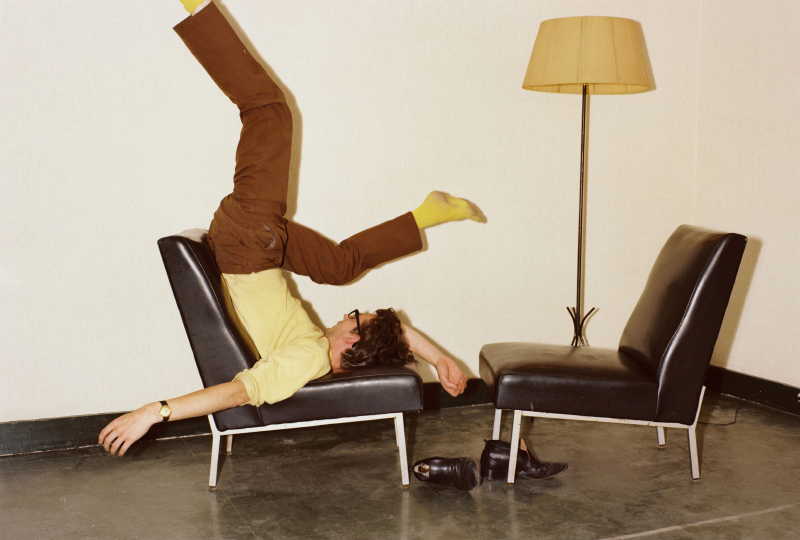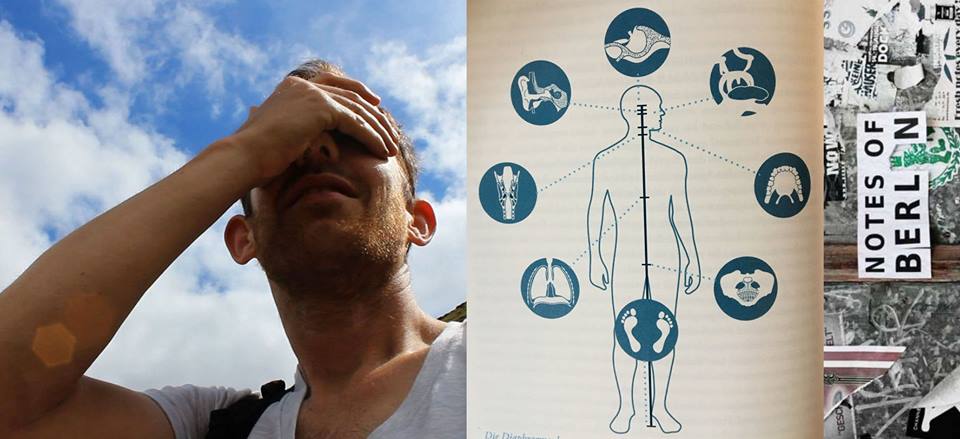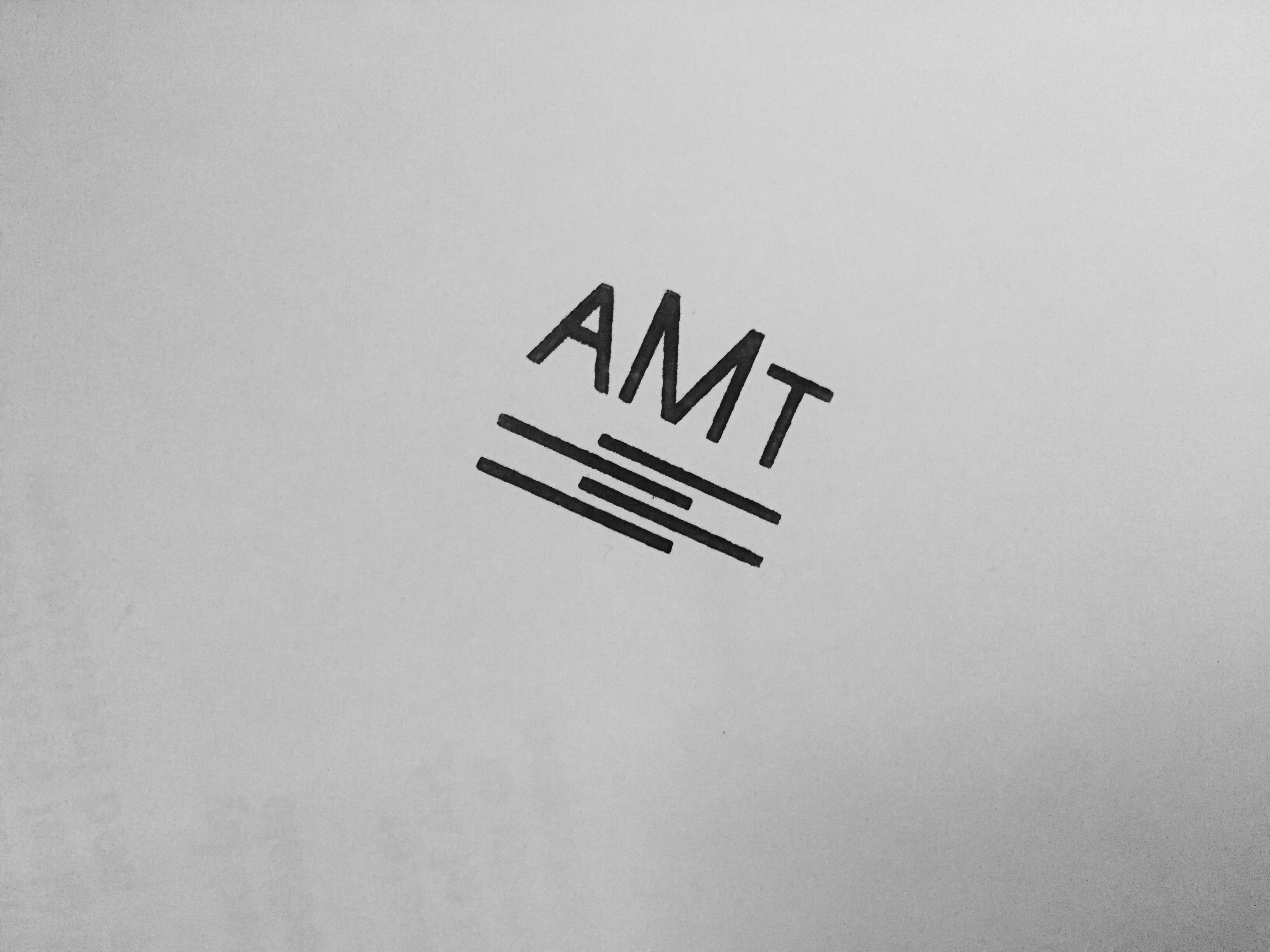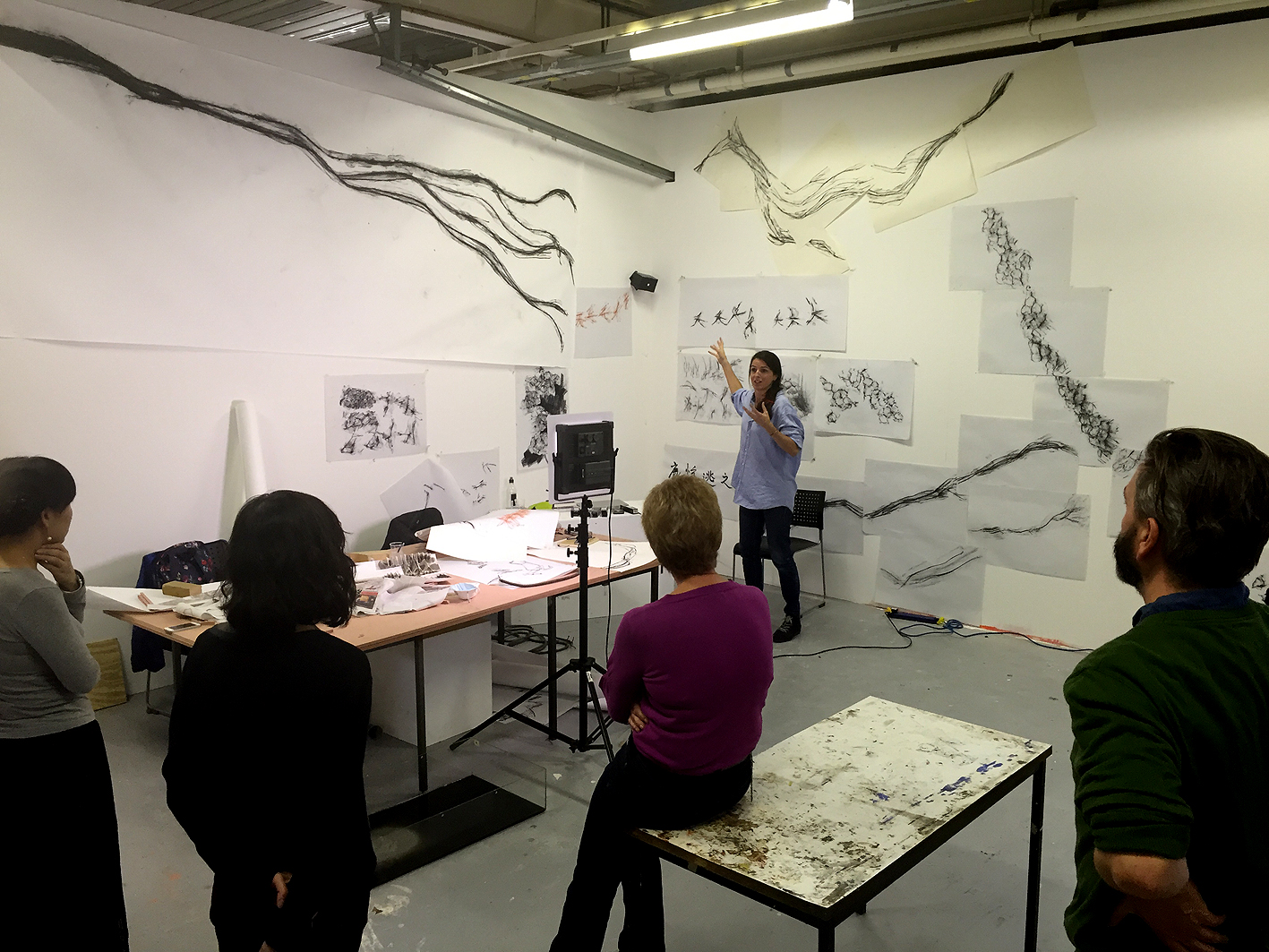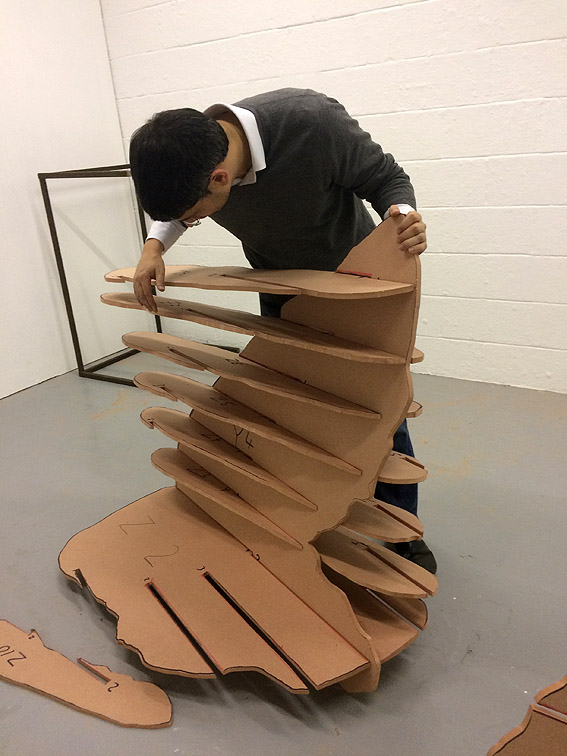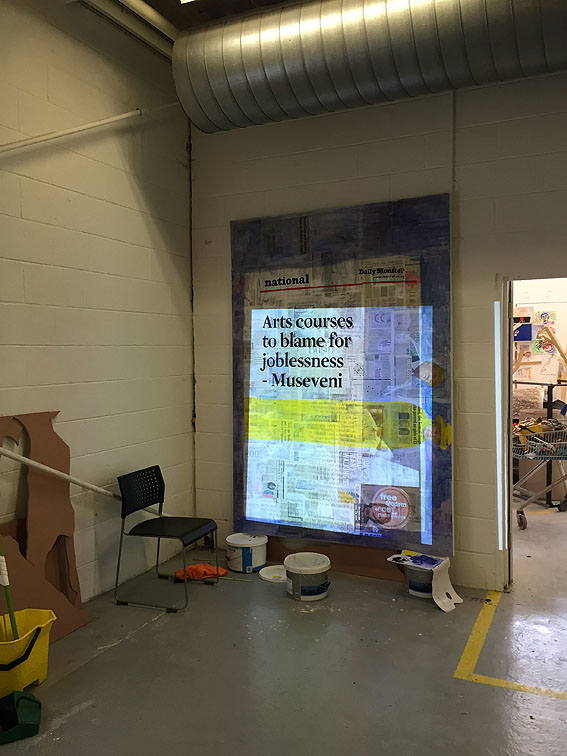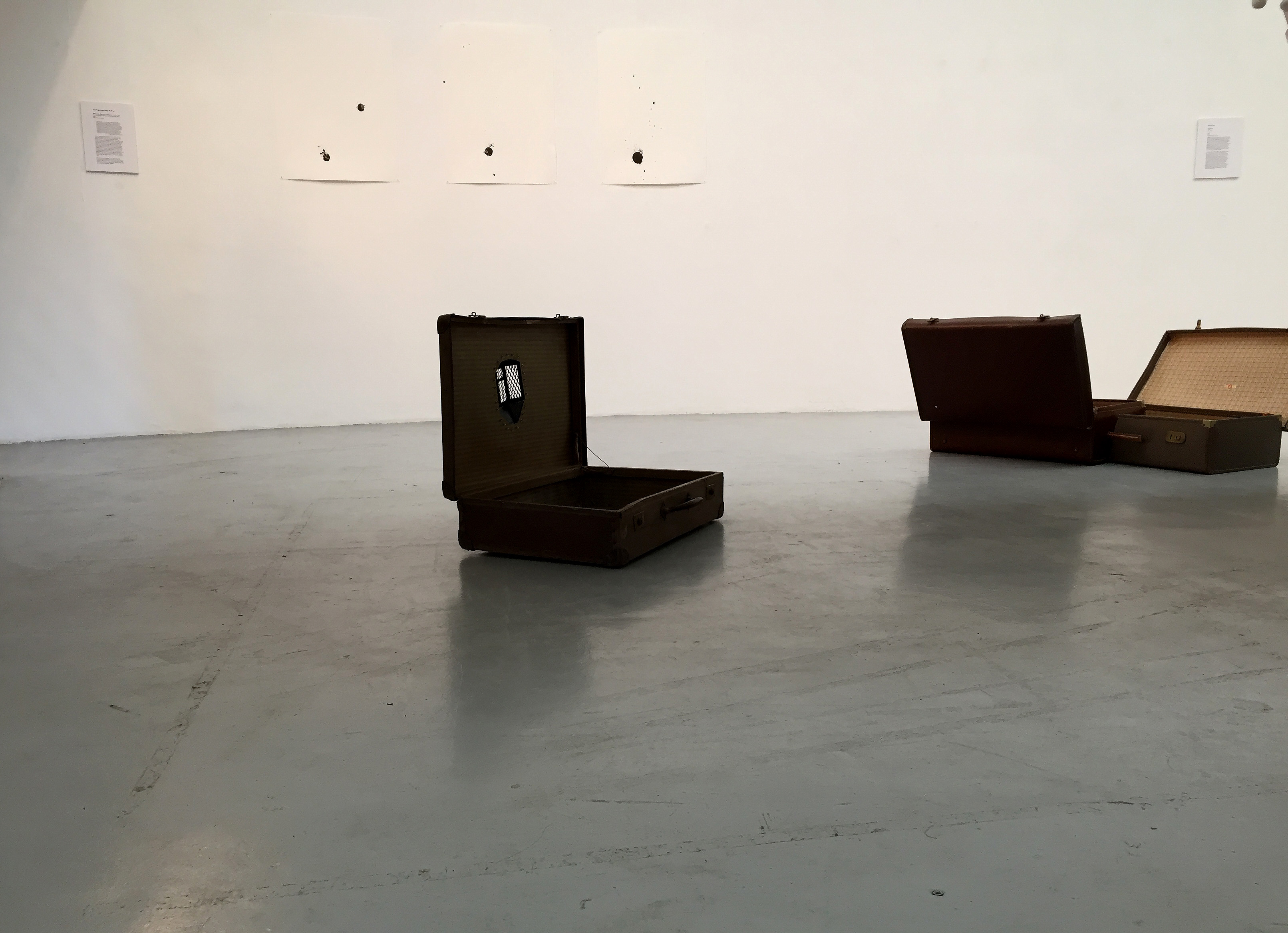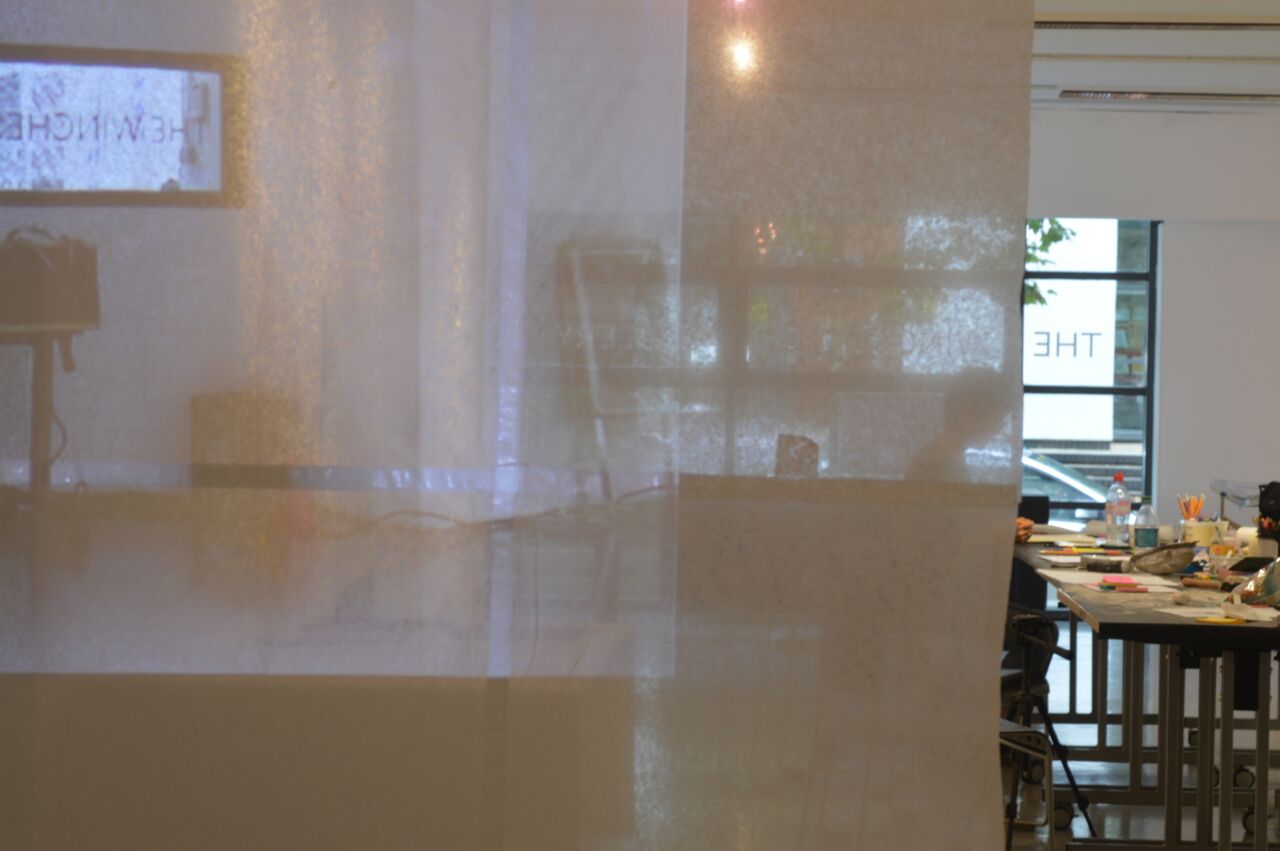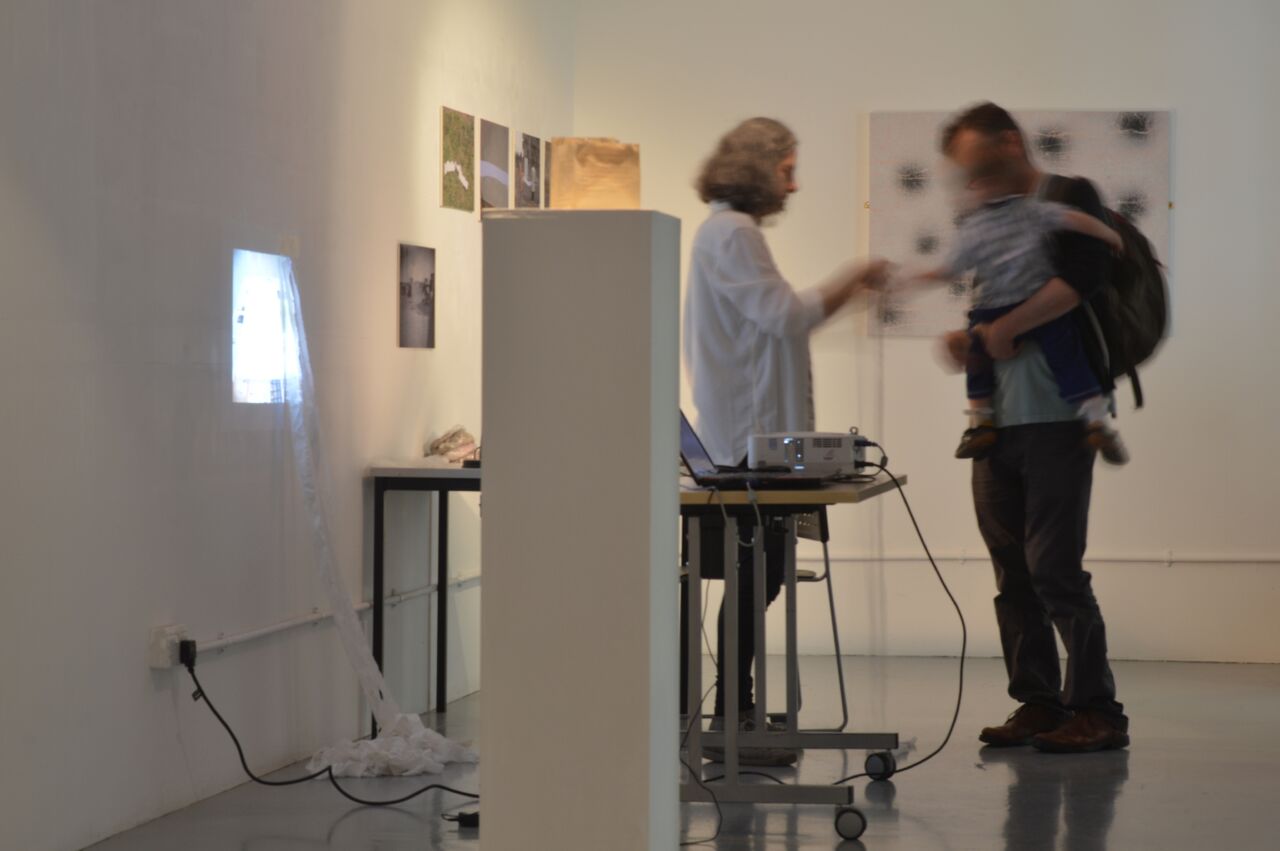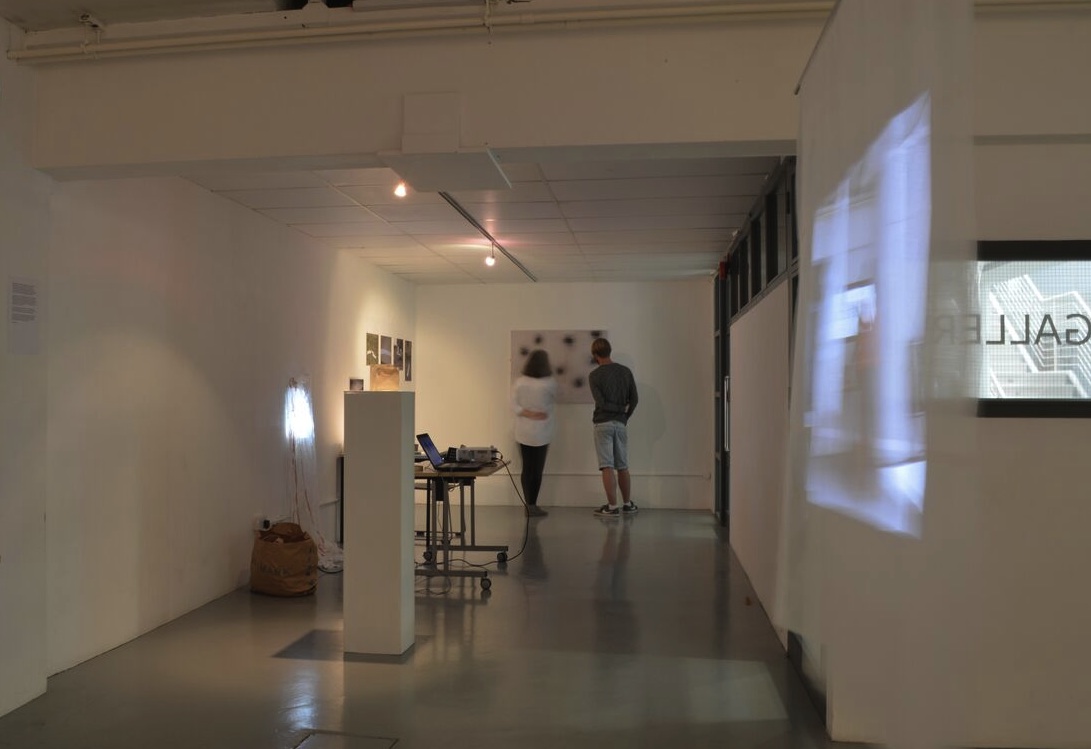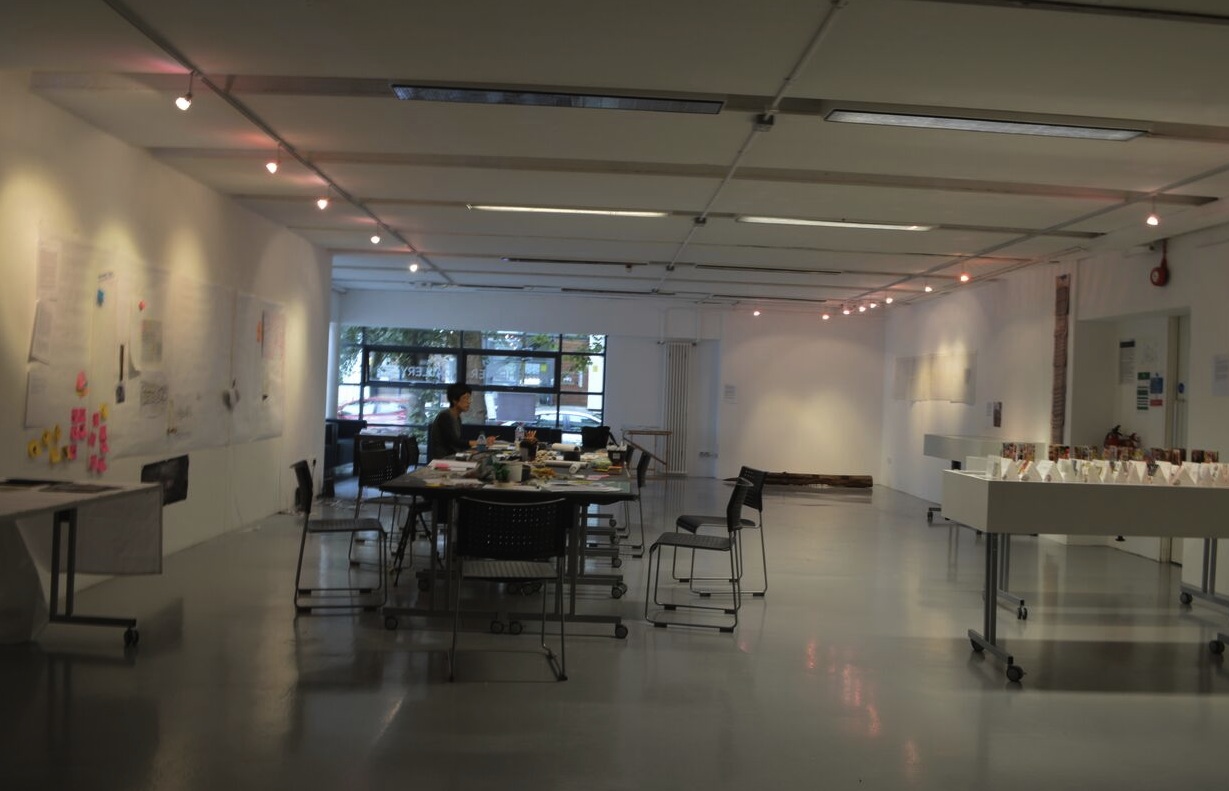
15/10/2016 by Chris Buckingham
This was an event focused, as the name suggests on the digital games user research community. A community made of international bodies all with an interest in the mechanics, dynamics and aesthetics of the digital products they help create.
In terms of speakers, this was billed as a varied and insightful event bringing together the practical and theoretical under one roof. The reality fell somewhat short as the focus tended to highlight the practical learning and (in Microsoft’s case) the possibility of extending market data. It was a useful day in terms of gaining input from practitioners about their needs and problems they are facing in this complex eco-system. The main insights gained were;
- Vision is everything but not everywhere.
- There’ no ‘I’ in team, oh, but there is ‘me’.
- Diaries are cheap and meaningful, to some.
- Reduced hearing? MICROSOFT LOVES YOU!
- VR = Vortex Rides! Hold on folks it’s going to be rough.
Vision
The day started with Nicholas Mathieu from Ubisoft demonstrating some of the difficulties of using eye tracking in digital games. A particular problem Mathieu demonstrated was the use of menu and their location during the game dynamic. The processes at play are fast and the reaction time of each player and the games own run-time is of paramount importance. Position, time to mentally process information and luminosity are all relevant factors that Mathieu and his team face.
In fact, the essence of this is the dance between player cognition, controller in hand and the game mechanics. There are expectations that need to be met in terms of delivering a better experience for the player and making a return on the investment in the form better games with better player experiences. Ultimately, Mathieu and his team recognised and acknowledged that the framing of the game is important to each game and therefore, there are no off-the-shelf solutions to the problem.
Teams
Johan Dorell of EA Dice gave an insightful talk on the use of teams and the communication process that can lead to problems in the development and building of a digital game. Stakeholders are varied with wide expectations and with agendas of their own. The trick, for Dorell at least, seems to be getting them to see the holistic game as a product that will be marketable.
Dorell’s experience is wide, from indie game development with very little support through to major league games where games user research (GUR) was a readily accepted condition of the organisational culture. His most useful tip was to get the teams from the various departments together and ensure they can see the whole game. It may sound obvious to management students and practitioners, but when dealing with such diverse stakeholders with the potential for a disposition verging on the prima donna it may come as a bit of a shock to realise not everyone is singing from the same song book!
Free Time
Perhaps one of the most insightful talks of the day came from Jochen Peketz of Blue Bite (a Ubisoft studio). He introduced the topic of diaries and how users keeping these fundamental records can really add to the overall picture sought through games user research.
Not just this but they can also save the organisation money as these research tools can be used in the players own home/office/café and in their own time. No more the need for expensive labs filled with researchers in white labs and hipster beards furiously writing in pencil on their clip boards. OK, so I might have dreamt that last part, but you get the picture. This is a brilliant poster for the use of these (in effect) field notes taken by the users themselves.
An interesting point to this was the use of emotion the player felt when playing. A simple record of their state of happiness during play was recorded and later comparisons of this emotional state could be analysed against the technical background of the record of play. This means that a double set of data to be analysed with the potential to add much richer detail to the research of the game.
An issue that was not raised during the interesting discussion that followed the talk was that of bias. In part there may be bias from the player’s record of what they thought about the game with hindsight. Did they really like it that much? Did they really recall with accuracy the aesthetic and emotion it provided during play? These are questions that were left hanging as we ran out of time to discuss this further.
There is one other area of concern with this system, that of interpretation. Interpreting user’s words could be fraught with challenges. Not the least the ability to actually decipher the scribblings of players post-game.
Peketz was honest in that he addressed several issues that Blue Bite had faced in this exercise. But he peddled it well to an eager crowd and I for one am convinced there is value in this simple but rich technique.
Reduced Hearing
Tom Lorusso of Microsoft Xbox offered the audience a brilliant overview of the challenges players with reduced hearing have. A Lorusso expertly highlighted, this category of gamer is not one that most developers have considered. But the value in doing so is to reach out across the void and support not those with hearing issues, but much wider tribes that as development implications begin to have a much wider effect on groups beyond the initial target demographic.
For Lorusso and his team part of the problem lay in the lack of comfort that headsets offered those with reduced hearing. They often had their own small devices that fitted in, on or over their ear. To then add a veneer of cumbersome plastic over the top of this, often meant an uncomfortable user experience.
But then they had a light bulb moment, these devices the reduced hearing individuals often had were blue tooth enabled, what if they could use this to address the issues of comfort. But comfort, we then discovered, is actually only a small part of a much wider social issue. There are also barriers to these individuals being able to socially play with other users who are not as effected with hearing issues as they are.
From internal feelings of embarrassment to external social exclusion by other players with adequate hearing, this particular group faced some hard choices which in the extreme even resulted in their isolation from the play world they loved. Lorusso and their team are on something of a crusade to help support this minority group of players.
But the biggest insight for Xbox has been the value creation for others that this has yielded. This value extends well beyond the reduced hearing tribe and can even add to the business model itself. but, there is an issue here.
Xbox, owned by Microsoft, have much bigger reserves to use for this kind of research. For smaller independent studios the problems may well be applicable, but how can they, on a much reduced level of spending, get anywhere near the kinds of insights that Xbox were able to garner? It’s a question that wasn’t adequately addressed, however, the fundamental ideology of inclusivity was one that echoed well around the auditorium that day.
VR
With so much hype around virtual reality (VR) at the moment it was good to see first-hand some of the challenges industry experts are facing with implementation and adoption. Laura Glibert from Ubisoft was able to use insight from their new game Eagle Flight (Ubisoft, 2016) which uses VR to fly around the Paris skyline and in the process shoot and get shot at, by other eagles. Swooping over the Marais or the 14th looked stunning on the clips that were shown.
More insightful though were the video clips of the users trying to negotiate their way around the city skyline while avoiding/attacking other eagles! Seated, some players looked as though they were in some form of extreme yoga as they twisted their head so far over the back of their chair, or lent so far to one side in a turn, that they physically tipped the chair to a point where gravity proved it was boss that day.
Glibert was entertaining in her talk but also quite stern in her advice for researchers. Simple things like keep cables of the floor and never, ever tap a player on the shoulder while they are playing (cardiac arrest is sure to follow), through to training, set-up and post-game reflections were concisely delivered. The golden rule was to plan everything with meticulous detail, and, at all times, watch for signs of well-being in the player. Ease them into the game, ease them out of the game and allow them time to readjust once they are back to showing gravity who da boss!
 On 12 November, the WSA PhD Seminar is excited to welcome Dr Rachel Hann (Northumbria University, Newcastle), who has extensive experience with practice-based research across Fine Art, Design, and Fashion/Textiles.
On 12 November, the WSA PhD Seminar is excited to welcome Dr Rachel Hann (Northumbria University, Newcastle), who has extensive experience with practice-based research across Fine Art, Design, and Fashion/Textiles.






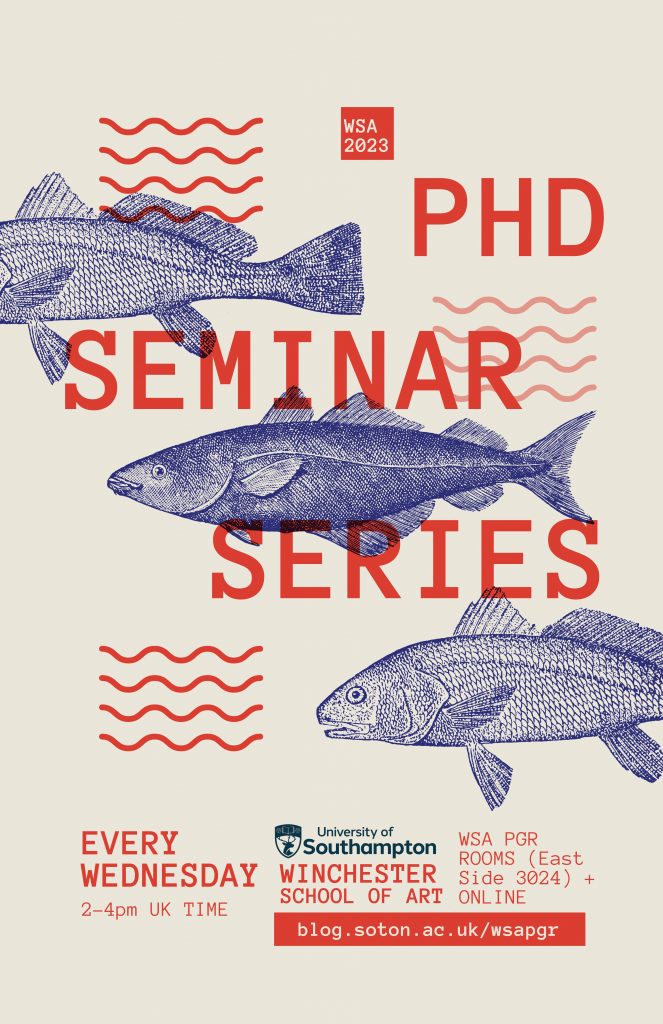 The Winchester School of Art PhD Seminar Series will be resuming from today (4th October).
The Winchester School of Art PhD Seminar Series will be resuming from today (4th October).